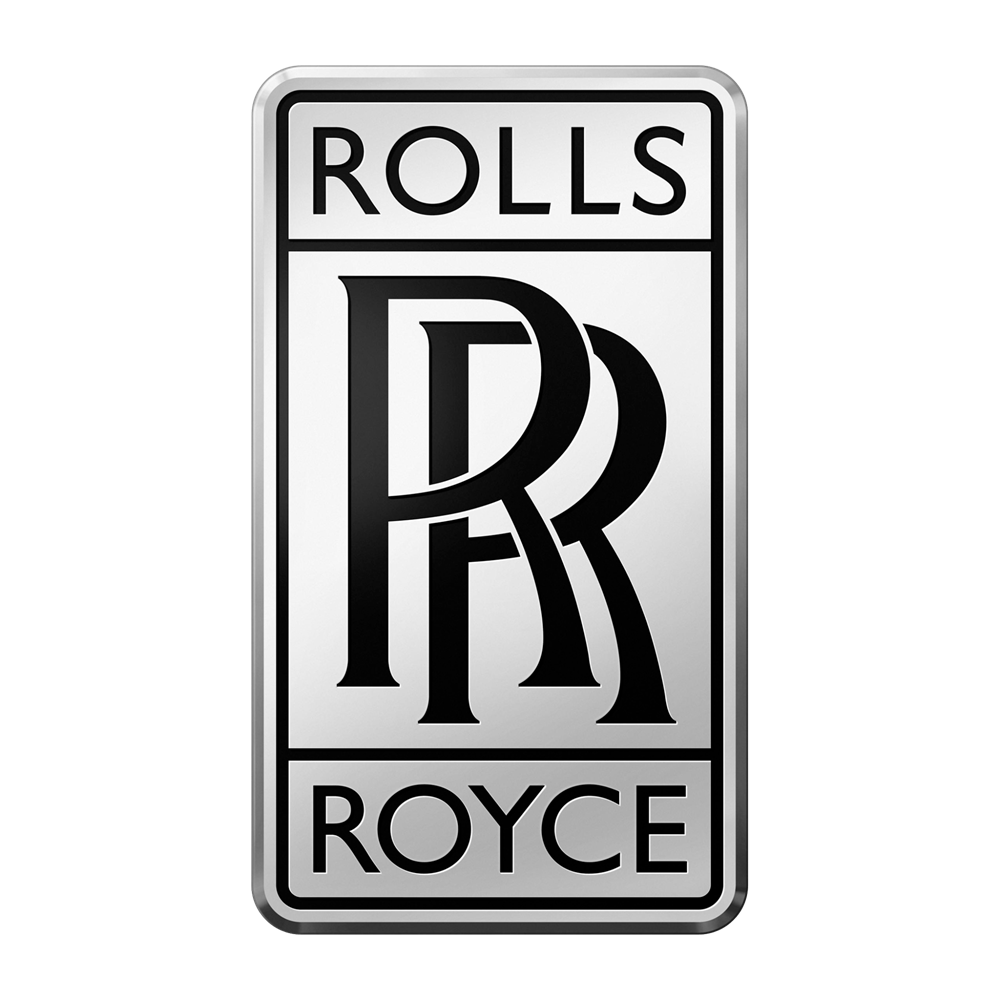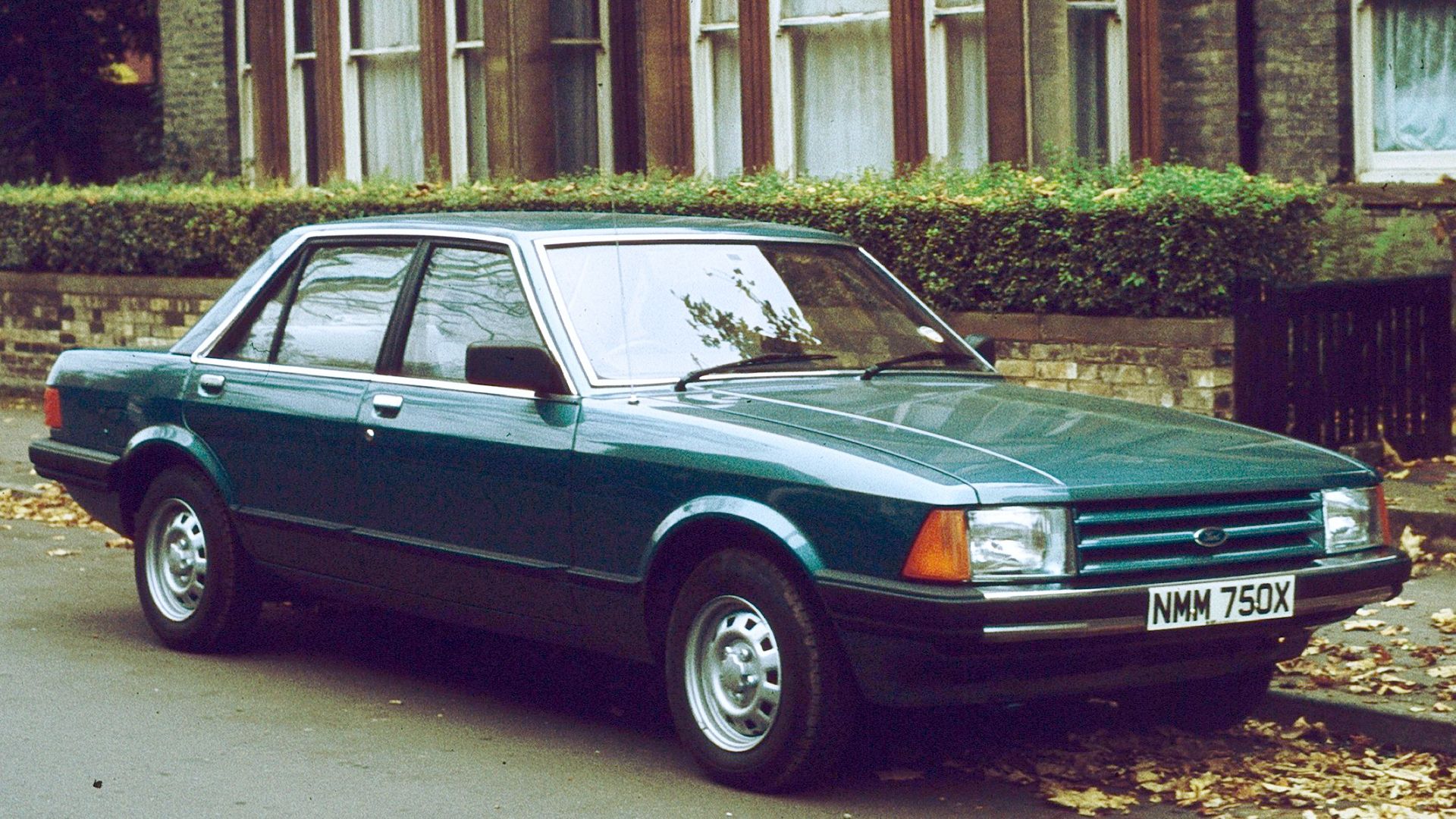The concept of luxury in vehicles often revolves around size, comfort, and power. Luxury car manufacturers like Rolls-Royce have built their reputation on creating opulent vehicles with massive power and spacious interiors. However, there have been instances where premium automakers compromised on engine size, resulting in underpowered luxury cars.
A Brief History of Rolls-Royce
Rolls-Royce, established in 1904 by Charles Rolls and Henry Royce, is renowned for its ultra-luxury vehicles. The company’s history includes developing aeroplane engines during the world wars. Although the business was liquidated in the early 1970s and later became a subsidiary of Rolls-Royce Holdings plc in 2003, it remains a leader in ultra-high-end coachbuilt cars.
Luxury Cars with Tiny Engines
Here are 10 large luxury and premium segment sedans that were offered with underpowered engines:
-
2015-2024 Skoda Superb (B8): This massive sedan was available with a 1.4-liter turbocharged inline-four engine producing 123 hp.
-
1981 Ford Granada (Europe): The base model came with a 1.6-liter inline-four engine making a mere 74 hp.
-
1998-2005 Rover 75: The entry-level model featured a 1.8-liter inline-four engine producing 118 hp.
-
1985 Citroën CX 20: This premium car was powered by a 2.0-liter inline-four engine making 102 hp.
-
1984-1992 Renault 25: The base model had a 2.0-liter inline-four engine producing 103 hp.
-
1983-1984 Opel Senator 2.0E: This executive sedan came with a 2.0-liter inline-four engine making 109 hp.
-
1984-1994 Lancia Thema: The base model featured a 2.0-liter inline-four engine producing 118 hp.
-
1979-1985 Peugeot 604: This executive car was available with a 2.4-liter inline-four turbodiesel engine making 80 hp.
-
1996-2001 BMW 725tds (E38): The 725tds model came with a 2.5-liter straight-six turbodiesel engine producing 143 hp.
-
1986-1991 Mercedes-Benz 260SE: The base model of this luxurious S-Class variant had a 2.6-liter inline-six engine making 158-168 hp.
These examples illustrate that even prestigious luxury brands have, at times, opted for smaller engines in their vehicles, often with mixed results.




